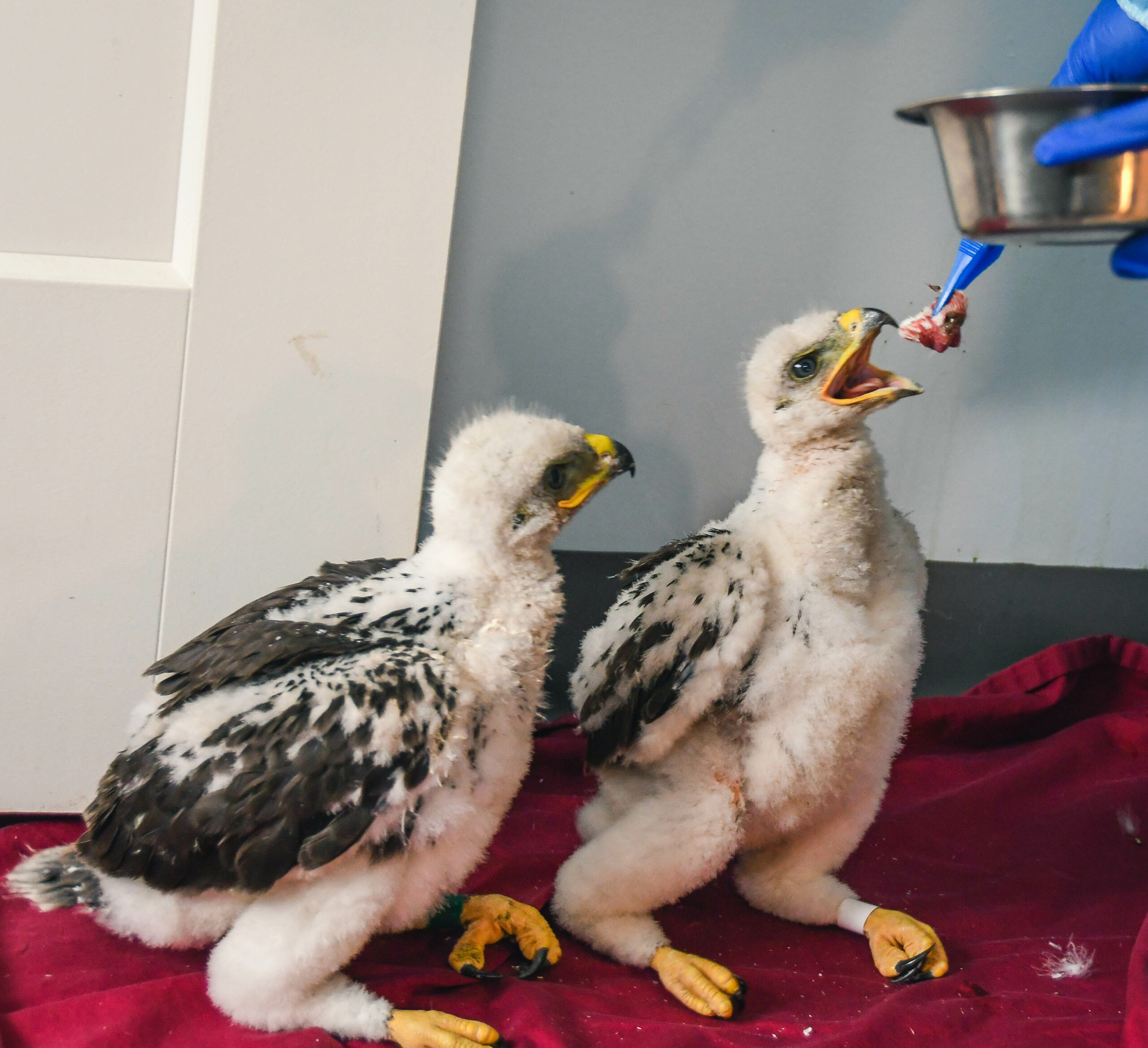Picaso once said, “All children are born artists.” Think back to when you were a child. When was the last time you saw ships and monsters in the clouds. I bet you explored your artistic qualities much more as a child than you do now. It is hard to continue being artists as adults because our social conditioning does not encourage creative growth so we “grow out of it.” All people have different degrees of creativity. Creativity has many benefits and nurturing creative growth in our children is important.
Here are some facts. Empirical research indicates that a child who is creative is likely to be able to synthesize information and create new ideas (Dietrich & Kanso, 2010). Synthesizing and creating ideas are important skills for your child’s intellectual development (Sternberg, 2001). Creativity is a way of learning: It is street smarts and problem solving (Sternberg, 2001), it improves long term memory (Sternberg, 2001), it allows us to cope with stress and interestingly enough it also correlates with the ability to meditate – because creativity is innate, it taps into parts of the brain that is thoughtless and spontaneous (Travis, 1979). As schools are becoming more aware of the positive impact creativity has on studet learning, they are creating opportunities to think and learn creatively (O’Rouke, 2005). Still, however, majority of our learning in educational systems is not set up this way. Instead, most systems insist that we learn by authority (Torrance, 1963). Research indicates that self-directed learning encourages creativity (Dietrich & Kanso, 2010). As a parent you can allow opportunities for self-directed learning in your child.
I’d like to share a particular study with you called “The Hole in the Wall” conducted by professor Sugata Mitra. In 1999, Mitra set out to seek answers to the power of self-directed learning. Mitra (2005) inserted computers in the walls of random slum areas in remote parts of India. The computer screen in each location was visible to everyone walking by on the streets (Mitra, 2005). The PC had a variety of programs and access to Internet, but no instructions were provided on how to use the computer (Mitra, 2005). The strange thing captivated children. As they began to click and explore the computer they learned how to use it with trial and error. What happened next was astounding. Children were surfing the web within hours of being exposed to it. This same experiment conducted in other areas lead to similar results. What Mitra (2005) discovered was that all children learned how to use the computer without support or instructions. Interestingly enough language and education did not matter. In his experiments, Mitra (2005) uses children’s curiosity as a tool to spark creativity and interest and discover sophisticated maneuvers such as downloading games.
So how do you foster creativity in your child? Here are four methods you can use everyday. Torrance (1963) states that things can be learned creatively if we encourage questioning, experimenting, exploring, and testing ideas. Try to think like a child. Think back to your favorite imaginative play and try engaging your child in it – it might be fun for the both of you. Put your child in situations where they have to be innovative. This will allow them to explore and problem solve on their own. Next time your kids say, “I’m bored” give them a few random materials and say, “I tried to put this together but I don’t think it will” and leave it somewhere close by. See if it sparks their curiosity. Your child might try to take jab at it. You will start seeing that your child will demonstrate higher self confidence, pursue their interests with passion, mission or goal to work towards, deeper thinking levels, increased independence, make creative school projects, see themselves as problem solvers and will be more willing to take risks (O’Rourke, 2005). Try not to let your kids sacrifice creativity, instead, ignite it.
Today, I urge you to step outside, lie down on your lawn and for five minutes just stare up into the sky and witness… don’t look for anything but just let your mind imagine.
Dietrich, A., & Kanso, R. (2010). A review of EEG, ERP, and neuroimaging studies of creativity and insight. Psychological Bulletin, 136(5), 822-848.
Sugata Mitra, (2005) “Self organising systems for mass computer literacy: Findings from the ‘hole in the wall’ experiments”, International Journal of Development Issues, Vol. 4 Issue: 1, pp.71-81, https://doi.org/10.1108/eb045849
O’Rouke, M. (2005). Creativity in Schools. Backing Our Creativity. doi:
https://www.researchgate.net/profile/Maureen_Orourke2/publication/317178435_Creativity_in_Schools/links/592a5b9daca27295a808b8a9/Creativity-in-Schools.pdf
Sternberg, R. J. (2001). What is the common thread of creativity? Its dialectical relation to intelligence and wisdom. American Psychologist, 56(4), 360-362.
Torrance, E. (1963). Education and the Creative Potential. Minneapolis: University of Minnesota Press. Retrieved July 23, 2018, from Project MUSE database.
Travis, F. (1979), The Transcendental Meditation Technique and Creativity: A Longitudinal Study of Cornell University Undergraduates. The Journal of Creative Behavior, 13: 169-180. doi:10.1002/j.2162-6057.1979.tb00203.x






